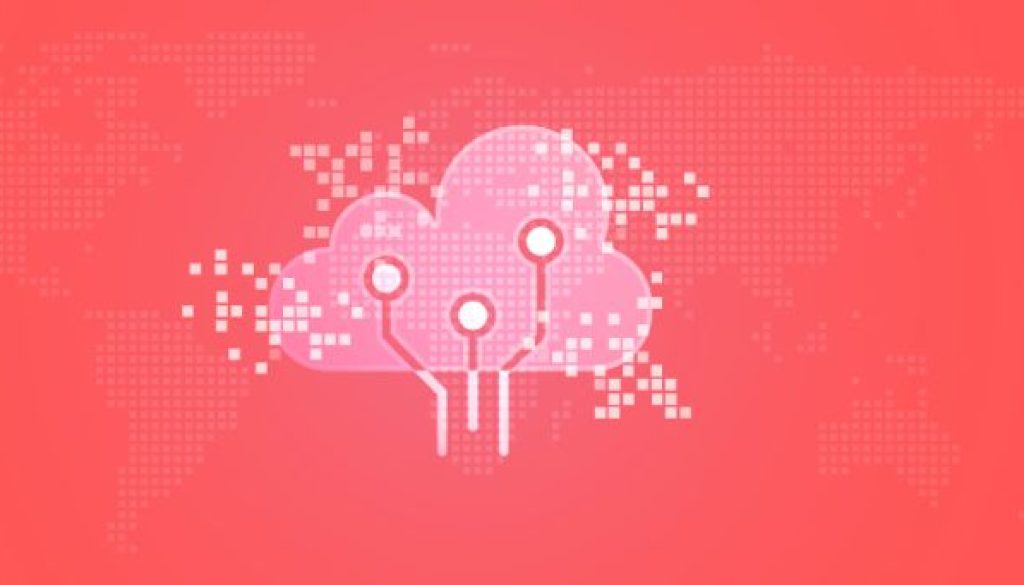The essential role of observability in digital transformation

Digital transformation is underway at many organizations. They’re moving workloads to the cloud, they’re modernizing their legacy systems, they’re changing business models and processes — all to reap the numerous benefits of being a digitally transformed entity.
These changes are not without their challenges, though. Cloud technology is as complex as it is beneficial to an organization’s business goals. It’s important to have a clear view into that complexity. How do all the pieces work together? How are they performing?
The key to this is observability.
In this article, we will take you through what that entails, how you can benefit (both from an IT standpoint and a business standpoint), and how to gain better observability.
What is Observability?
Observability is the ability to interpret how applications and their infrastructure are performing, enabling you to find the root cause of any issue. The data that makes this possible comes in the form of the three pillars of observability: logs, metrics, and traces.
Logs are time-stamped records of events. These records often give you the first sign that your system isn’t running smoothly.
Metrics are numeric values of data that are measured over longer periods of time.
Traces represent a series of events that happen when a request flows through a distributed system, from start to finish. Tracing allows stakeholders to understand the different services that process the request.
Traditional monitoring tools used to be more than adequate to get this information (without providing why the issue occurred), but that’s when applications were monolithic and on-premises. With cloud environments filled with microservices, containers, and serverless functions, however, these tools won’t work well, if at all.
Furthermore, observability tools also include the ability to prevent problems before they even happen. In contrast to monitoring tools, which allow you to measure things you’re aware of, observability tools can generate actionable outputs for things that were never on your radar — before they become problems, resulting in reduced downtime and better user experiences.
The benefits of the cloud compared to traditional infrastructure are innumerable, but these environments are also more complex and require new methods of doing things.
Observability is no exception.
More IT and Business Benefits of Observability
1. It enables a “shift left” approach to testing and security
“Shift left” refers to the approach of making the development team responsible for an application’s security early on in the development cycle. From the real-time, actionable insights gained from observability tools, developers can leverage those insights to build better, more secure applications.
2. It helps you ensure and measure the success of modernization initiatives
When improving your applications, and thus your business (hopefully), it’s important to measure performance before you begin as well as every step of the way. Measuring progress like this can point to areas in the application that need improvement and tell you if it’s safe to roll out the changes to production. After all is said and done, you can compare the performance metrics of the legacy application to the modernized application.
3. It enables you to make better business decisions
Considering the vast metrics made available through true observability, real-time business insights about your digital services begin to emerge. Armed with these insights, business leaders can make sure software releases meet business goals, ensure the organization is adhering to SLAs, and more.
4. It accelerates time to market
The ability to get the full picture into application performance enables developers to identify and address issues quickly, before or after they occur, leading to faster release times.
The Future of Observability is Open
Because each organization’s data needs and IT infrastructures are unique, knowing what observability tools are the best fit can be tricky. There are many options available, but there is one observability framework that is quickly becoming the standard: OpenTelemetry.
As the name suggests, it’s open-source, meaning no vendor lock-in. It’s a vendor-agnostic collection of SDK, APIs, and tools that can be used to generate and export telemetry data. This telemetry can be used in conjunction with many modern observability tools, whose providers have embraced the framework as the de facto standard. This wide-scale adoption has made interoperability possible, meaning that various systems can use the standard framework across all services with no friction, ultimately making it easier for IT teams to achieve a consistent understanding of their applications across multi-cloud and on-premises environments.
Conclusion
Gaining visibility into your entire tech stack is more important than ever. Applications running on a patchwork of on-premises and cloud environments, the sheer amount of data being shared among them, and the need for actionable insights demonstrate the need for it. It’s also why observability is integral for a successful digital transformation.
What Relevantz Can Do for You
Relevantz helps enterprises in their digital transformation journeys. From providing cloud migration services to developing cloud-native applications on AWS, Azure, and GCP; from re-engineering legacy systems to innovating new digital systems, we can help your enterprise adopt and leverage cloud capabilities to reach your business goals.
Do you need help with cloud observability?
